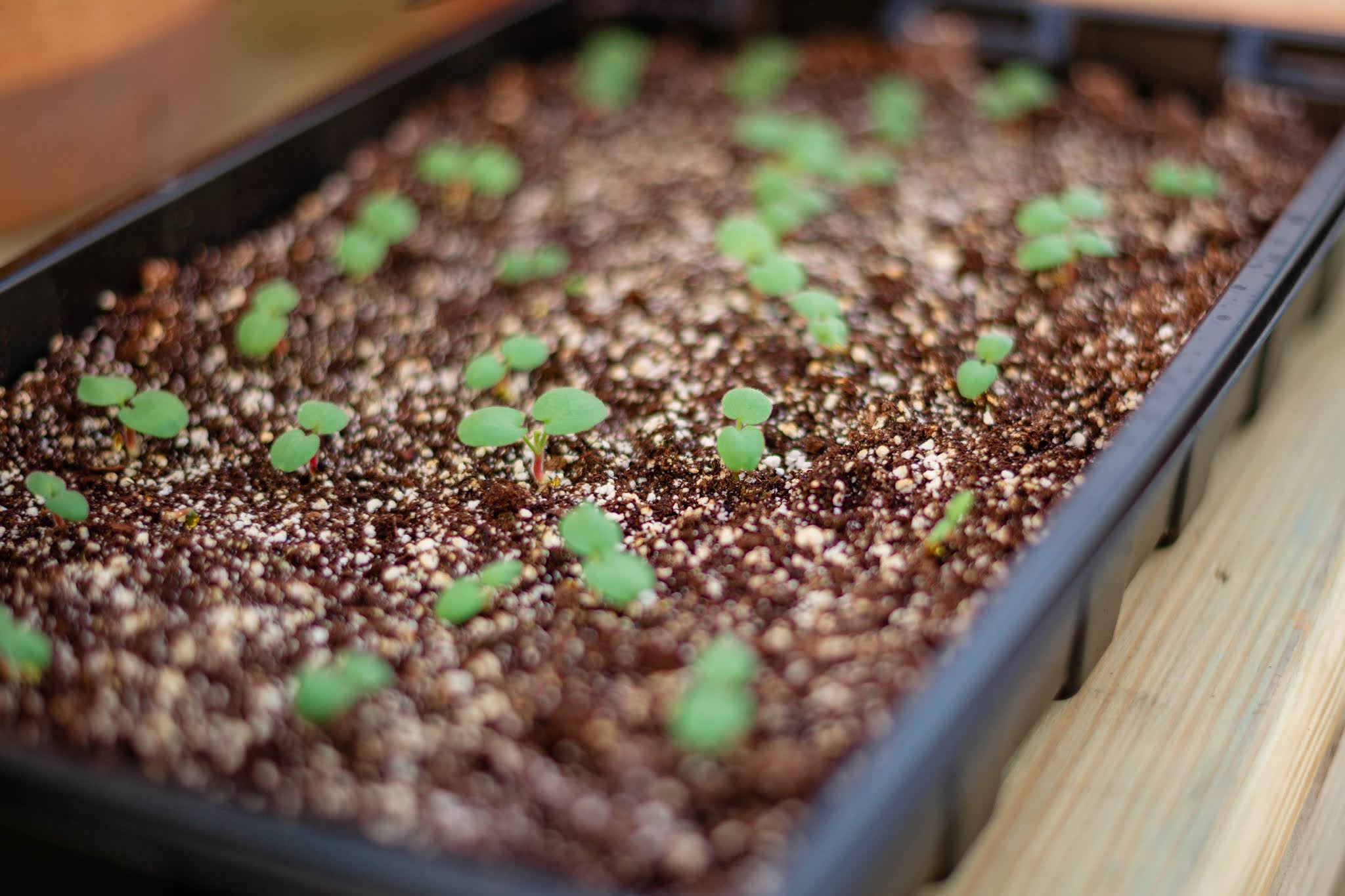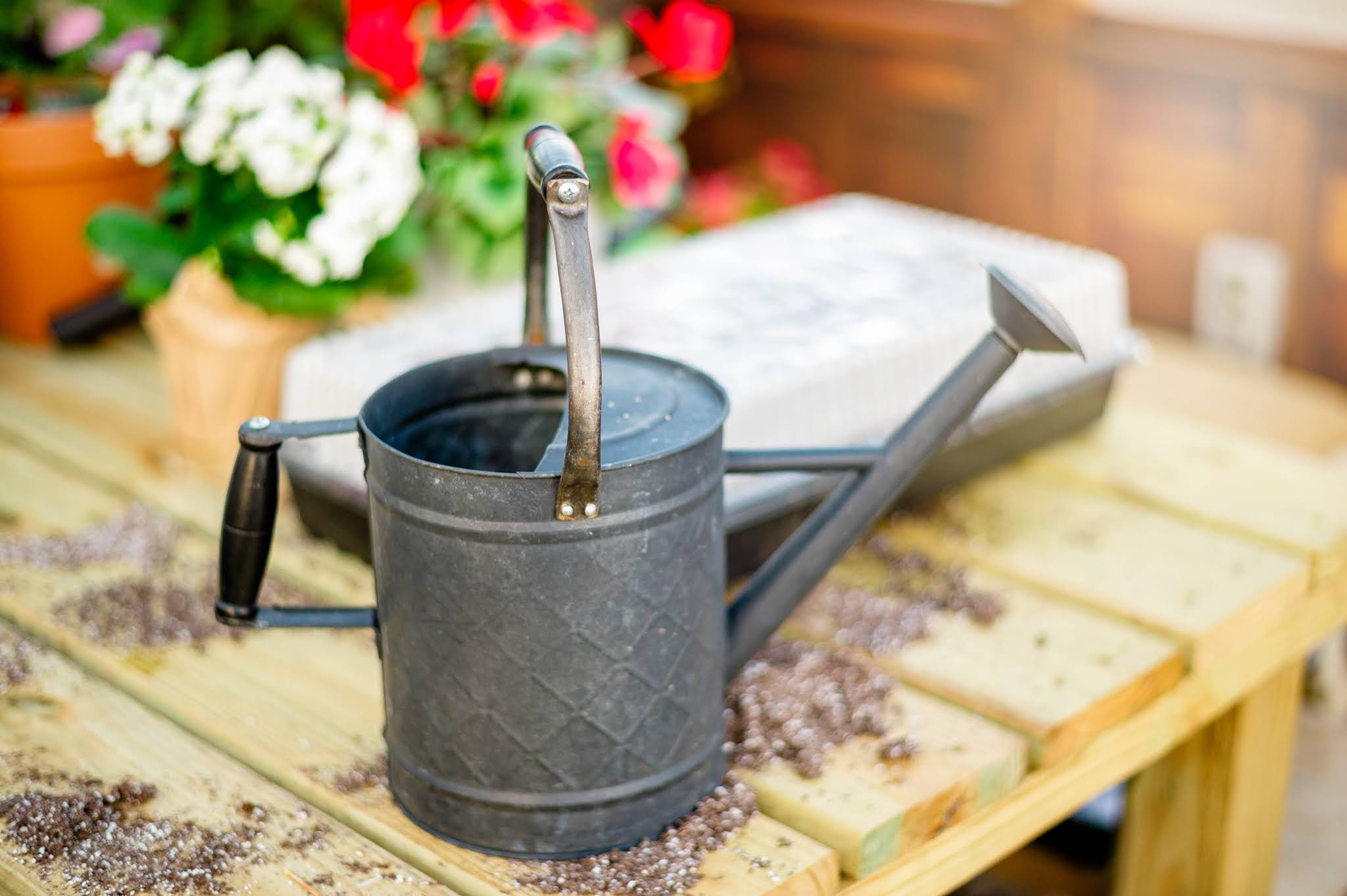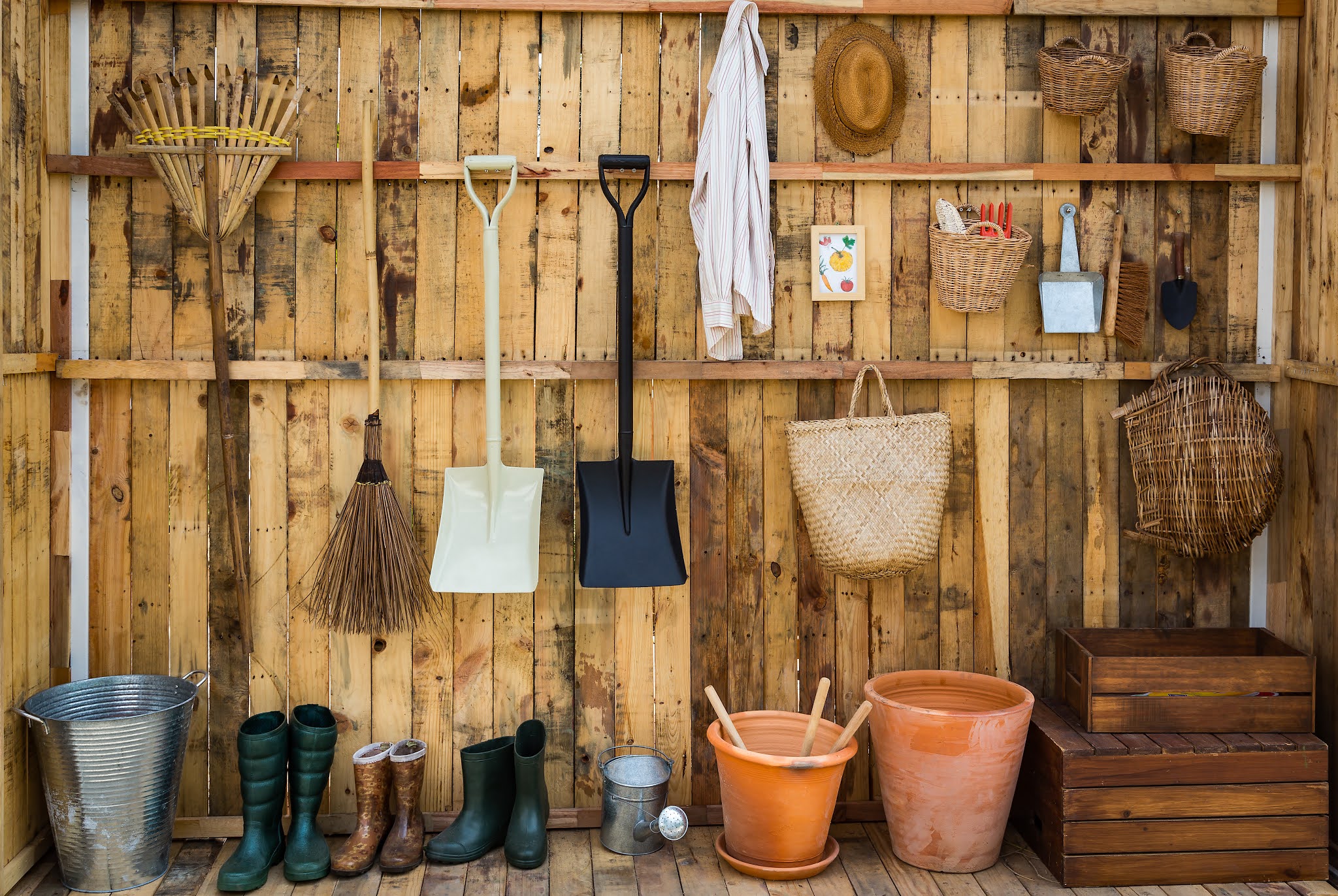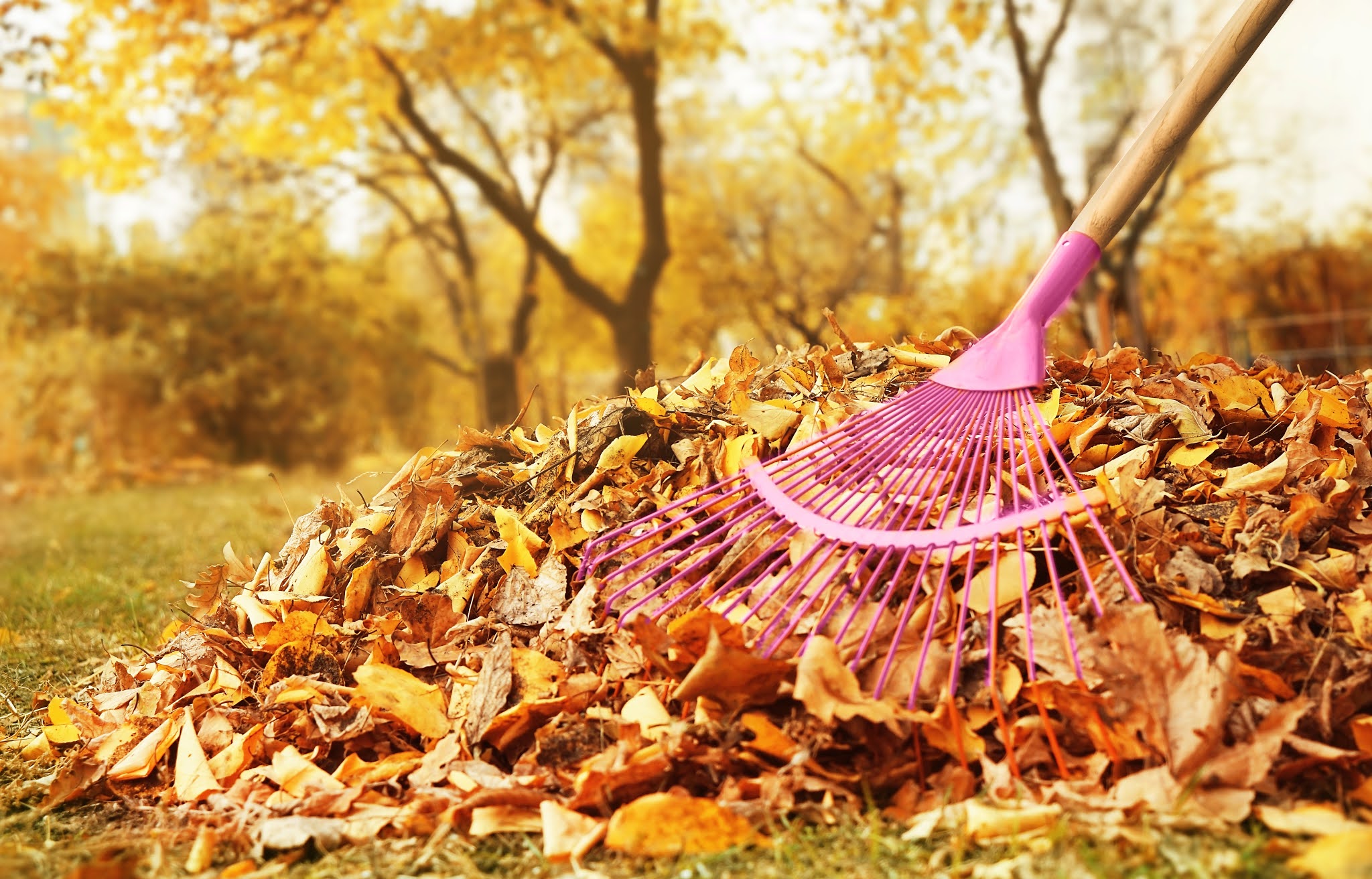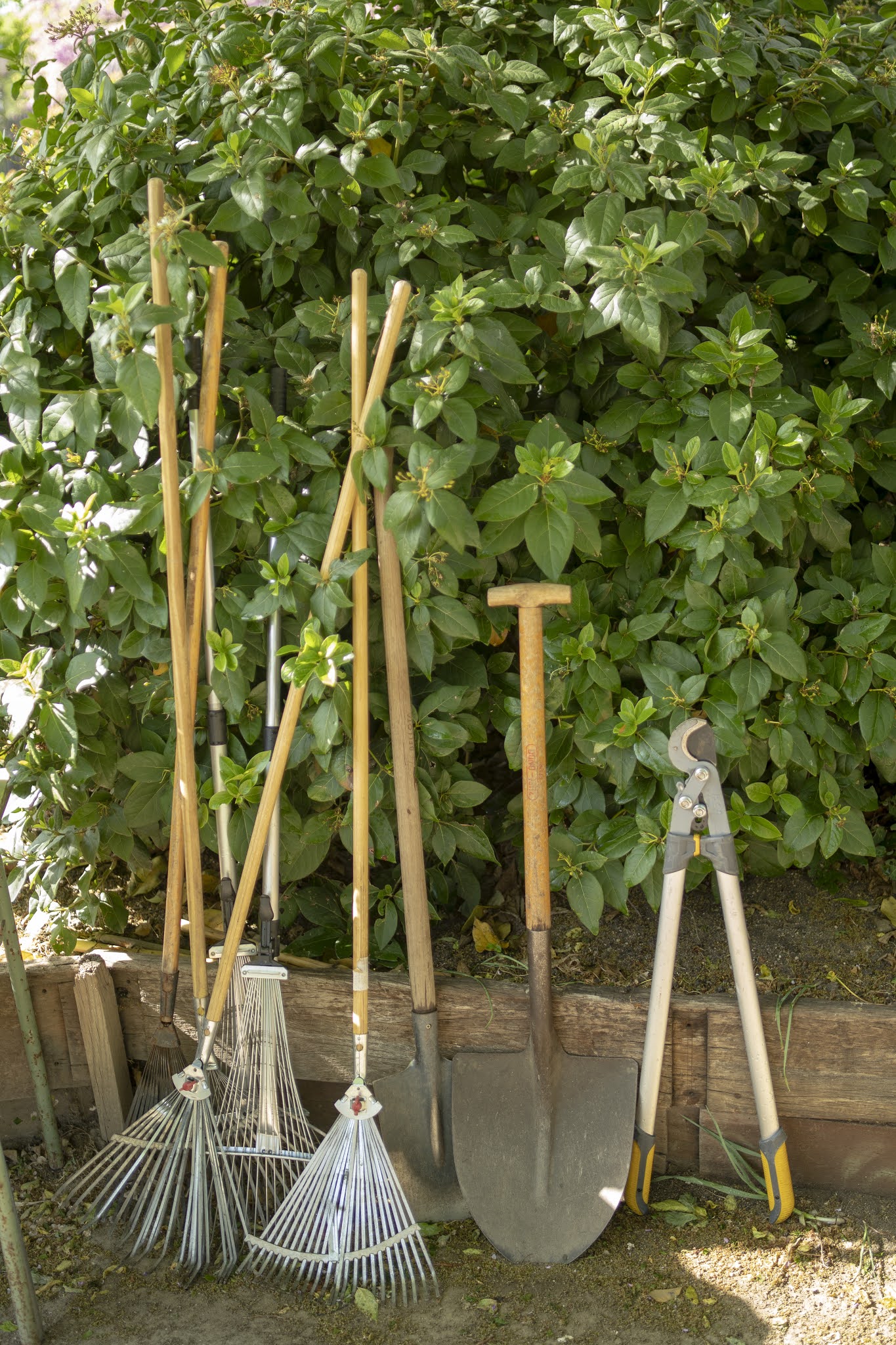However, these mistakes are easily avoided if you know how to prevent them. There are SO many benefits to starting your own seedlings that it's totally worth a try! Whether you are ordering specialty heirloom seeds from a well-known company online or picking up a 20-cent pack at a local dollar store, it is worth giving it a go.
Although the benefits are too numerous to list, the two main reasons people start their seedlings are to save money and to grow plants that your local garden center, big-box store, or nursery doesn't carry.
It opens a whole new world to backyard gardening by saving time and money while enjoying new varieties of some of your favorite plants.
It can be significantly less expensive to plant your own seeds. You can start plants for pennies compared to 3, 4, or 5+ dollars per plant if you purchased them elsewhere. However, proceed with caution and keep an inventory of what you have. It is relatively easy for a gardener, whether new or seasoned, to get caught up in all the seed varieties and spend quite a lot—just a playful warning and caution. Because I may know someone who does just that.
It is also an incredible way to give your garden a tremendous jump start on the season! It usually equates to about a six to eight-week extension of your growing season. This leads to an earlier production and an extended growing season on the backend.
Many who are new to gardening get very intimidated at the thought of starting their own seeds. They don't know what to order, what supplies are necessary, when to start them, etc.
We can help you with that, so let's get started!
Now that you have your seeds, you must follow the seed packet instructions on when to start them. Or, at least, at first. Once you have some experience under your belt, you will start learning when to push the limits, how to make changes that best suit you, your garden, and more!
However, a common mistake we see is getting overly excited and planting all of the seeds. Your lovely packets of seeds arrive, and you plant. You plant them all without any knowledge of when the last frost date is or when you will need to transplant them.
You should follow the guide on the seed packet on when to plant indoors, especially at first. If that particular seed notes to begin indoors 6-8 weeks from your last frost date. Follow that guideline. Determine what your last frost date is and count the weeks back to start planting. More than likely, you will have different seeds on different schedules awaiting all signs that the last frost has passed.
- It's time to gather all of your supplies. This will include potting soil (potting, not gardening) - preferably a seed starting mix. You will need containers such as seed trays, pots, planters, recycled nursery containers, bottom trays, egg cartons, red plastic cups, etc. You will also need some vermiculite, plant markers, lights, and possibly heat mats. This doesn't require anything fancy; use containers you have and get creative. Each container must have drain holes. If it doesn't, create some.
- Add water into your seed starting mix until it's thoroughly wet but not dripping. A good example is the consistency of crumbly brownie mix.
- Fill your container to the top with soil, and pack the soil down lightly, ensuring there are no air pockets.
- Make holes in each cell using your fingers or a pencil. A general rule is to plant the seed to a depth twice its size in width. Don't plant them too deeply, as they will need "light" to germinate well.
- Place 1-2 seeds into each cell packet or hole/indentation.
- Cover the planter very lightly with vermiculite or a dusting seed starting mix, making sure all seeds are covered per seed packet instructions. Some seeds will require no covering.
- Label the tray with the plant name and date. This step is so important. You think you will remember, but trust me, by the time everything is planted, you won't.
- IMPORTANT: set the planter of water into a tray with 1-2 inches of water and allow the planter to soak up the water. Watch until the seed trays or plants are moist at the top. Drain off any excess water. Do not water from overhead until the plants have their first set of true leaves. It doesn't take much water force to knock the seeds out of place. I do mist. However, you must be careful, even with that, as it can dislodge the seeds if the force is too much.
- Plants need warmth to germinate, an average of 70-80 degrees consistently and optimally. Read your seed packets, but generally, you can cover trays with a clear plastic dome or plastic wrap and set them on a 70-degree heat mat or in a warm area that stays 65 degrees or higher.
- Check trays at least every day. Once at least 50% of the seedlings have sprouted, remove the plastic dome lids or plastic wrap and move the seedlings from the heat mat into a well-lit area. After germinating, they may need extra light, depending on your environment. If you do not have adequate light, follow the instructions of your grow lights if utilizing them.
- As you approach the time they will be transplanted into your garden. Begin hardening them off. If you have them in a greenhouse, running a fan daily will help, but you also need to start placing them outdoors under a covered area for several hours a day. Next, you should return them back into their indoor space. Repeat this process for approximately one week. If you have a Yoderbilt greenhouse, the hardening-off process will likely not take as long.
- Lastly, it is imperative to know your last frost date. Note that this is just an estimate. Watch your weather closely in the 10-14+ days following that date. Do not plant your garden until you are certain all frost chances are gone.
Happy Gardening, Yoderbilt friends!



